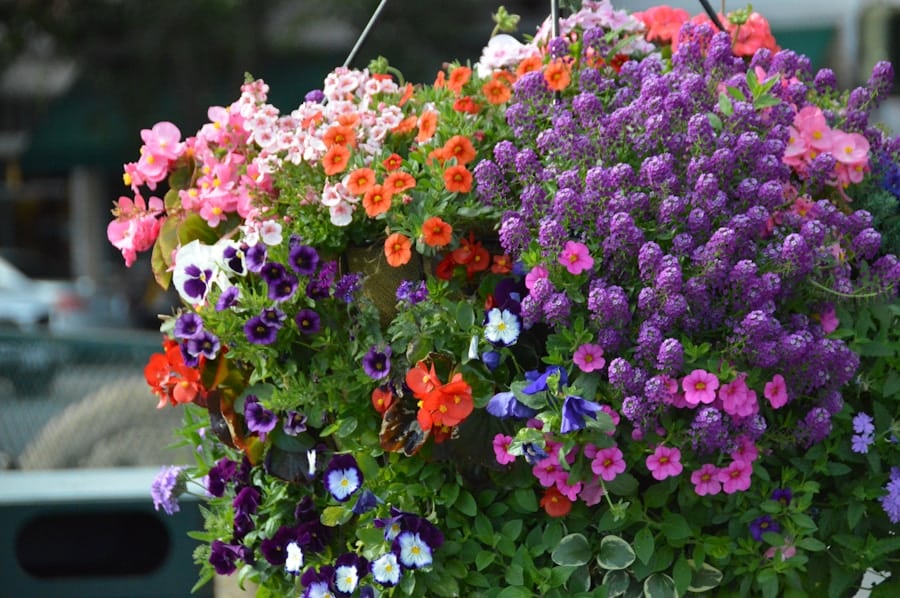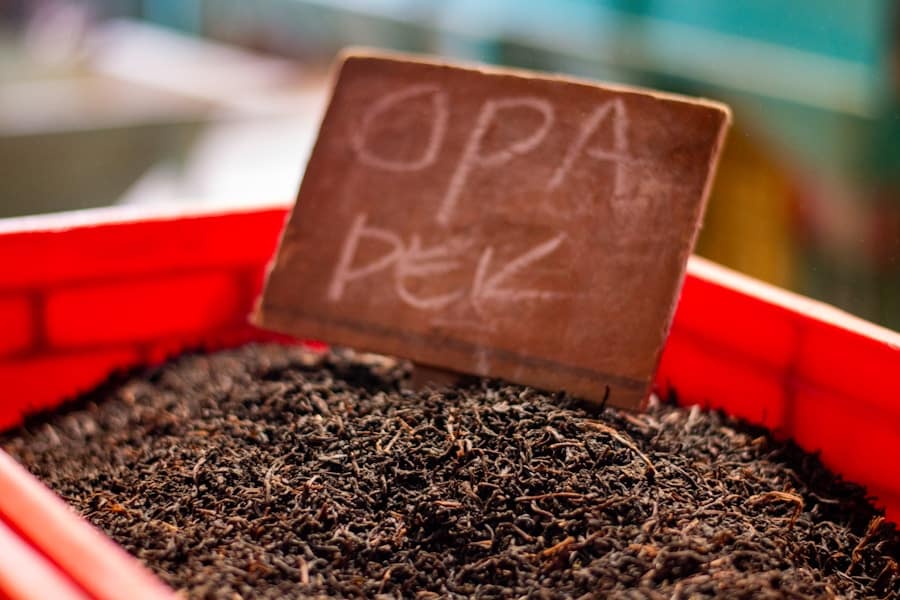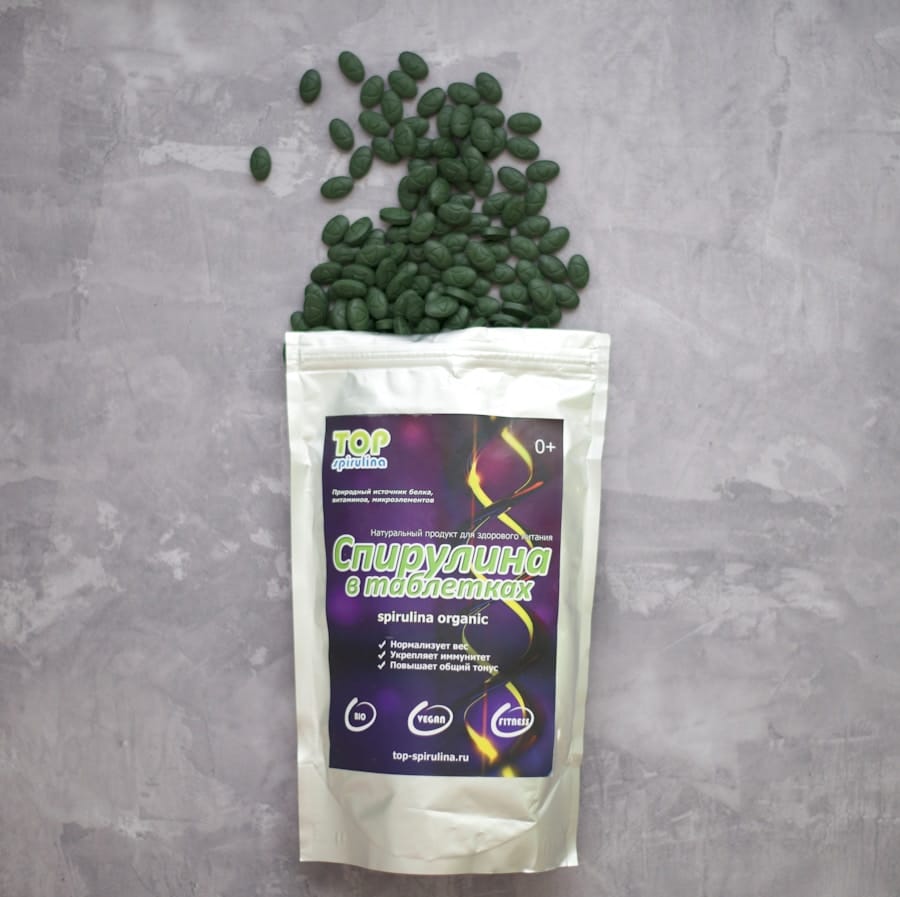Fertilizers play a crucial role in the health and productivity of outdoor plants. They provide essential nutrients that may be lacking in the soil, ensuring that plants can grow robustly and resist diseases. The primary nutrients found in fertilizers are nitrogen, phosphorus, and potassium, often referred to as N-P-K.
Nitrogen is vital for leaf growth and overall plant vigor, phosphorus supports root development and flowering, while potassium enhances overall plant health and disease resistance. Without these nutrients, plants may exhibit stunted growth, poor flowering, or even die. Moreover, the importance of fertilizers extends beyond mere plant growth; they also contribute to soil health.
Healthy soil is a living ecosystem that supports beneficial microorganisms, which in turn help break down organic matter and release nutrients. By using fertilizers judiciously, gardeners can enhance soil fertility over time, creating a sustainable environment for their plants. This balance is essential for maintaining a thriving garden that can withstand environmental stresses such as drought or pest infestations.
The debate between organic and synthetic fertilizers is a long-standing one among gardeners and agriculturalists alike. Organic fertilizers are derived from natural sources such as compost, manure, bone meal, and fish emulsion. They release nutrients slowly over time, which not only nourishes plants but also improves soil structure and promotes microbial activity.
This slow-release nature means that organic fertilizers are less likely to cause nutrient runoff into waterways, making them an environmentally friendly choice. On the other hand, synthetic fertilizers are manufactured through chemical processes and are designed to deliver nutrients quickly to plants. They often contain higher concentrations of N-P-K compared to organic options, which can lead to rapid growth and immediate results.
However, the quick-release nature of synthetic fertilizers can also lead to nutrient leaching, where excess nutrients wash away with rainwater, potentially harming local ecosystems. Additionally, over-reliance on synthetic fertilizers can degrade soil health over time by disrupting the natural microbial balance. Check out the latest fertilizers for your garden at Soil Compost.
Key Takeaways
- Outdoor plant fertilizers are important for providing essential nutrients to plants, promoting healthy growth and blooming.
- Organic fertilizers are derived from natural sources and are environmentally friendly, while synthetic fertilizers are chemically manufactured and may have negative impacts on the environment.
- Top 5 organic fertilizers for outdoor plants include compost, manure, bone meal, fish emulsion, and seaweed/kelp.
- Slow-release fertilizers provide a steady supply of nutrients to plants over an extended period, reducing the risk of over-fertilization and nutrient leaching.
- Different types of outdoor plants require different types of fertilizers, so it’s important to choose the right fertilizer based on the specific needs of the plants.
Top 5 Organic Fertilizers for Outdoor Plants
When it comes to organic fertilizers, several options stand out for their effectiveness and ease of use. One of the most popular choices is compost, which is made from decomposed organic matter such as kitchen scraps and yard waste. Compost enriches the soil with a wide range of nutrients while improving its structure and moisture retention capabilities.
It can be applied directly to garden beds or used as a top dressing for established plants. Another excellent organic fertilizer is well-rotted manure, which provides a rich source of nitrogen and other essential nutrients. Cow, horse, or chicken manure can be used, but it’s crucial to ensure that it is well-composted to avoid burning plants with excess nitrogen.
Bone meal is another valuable organic option; it is high in phosphorus and is particularly beneficial for flowering plants and root vegetables. Fish emulsion, made from processed fish waste, is also rich in nitrogen and trace minerals, making it an excellent choice for leafy greens and flowering plants. Seaweed extract is another organic fertilizer that has gained popularity among gardeners.
It contains a wealth of micronutrients and growth hormones that promote healthy plant growth and improve resistance to environmental stressors. Finally, blood meal is a fast-acting organic fertilizer high in nitrogen that can be particularly useful for boosting the growth of leafy vegetables.
The Benefits of Using Slow-Release Fertilizers for Outdoor Plants

Slow-release fertilizers offer numerous advantages for outdoor gardening. One of the primary benefits is their ability to provide a steady supply of nutrients over an extended period. This gradual release minimizes the risk of nutrient leaching into the environment and ensures that plants receive consistent nourishment throughout their growth cycle.
As a result, slow-release fertilizers can lead to healthier plants with improved resilience against pests and diseases. Additionally, slow-release fertilizers reduce the frequency of application required by gardeners. Instead of needing to fertilize every few weeks with quick-release options, slow-release formulations can often last several months before requiring reapplication.
This not only saves time but also reduces labor costs associated with maintaining a garden. Furthermore, because these fertilizers are less likely to cause nutrient burn—where excess nutrients damage plant roots—they are generally safer for use around sensitive plants.
How to Choose the Right Fertilizer for Different Types of Outdoor Plants
| Plant Type | Recommended Fertilizer | Nutrient Ratio |
|---|---|---|
| Flowering Plants | 10-10-10 (balanced fertilizer) | Equal parts of nitrogen, phosphorus, and potassium |
| Vegetables | 5-10-10 (low nitrogen, high phosphorus and potassium) | Higher phosphorus and potassium for fruit and root development |
| Grass | 25-5-10 (high nitrogen for green growth) | Higher nitrogen for lush, green grass |
| Shrubs and Trees | 10-8-6 (balanced slow-release fertilizer) | Slow-release for long-term feeding and balanced growth |
Selecting the appropriate fertilizer for outdoor plants involves understanding the specific nutrient needs of different plant types. For instance, leafy greens such as lettuce and spinach thrive on nitrogen-rich fertilizers that promote lush foliage growth. In contrast, flowering plants like roses or tomatoes benefit from fertilizers higher in phosphorus to encourage blooming and fruiting.
When choosing a fertilizer, it’s also essential to consider the soil’s existing nutrient profile. Conducting a soil test can provide valuable insights into nutrient deficiencies or excesses present in your garden soil. Based on the results, gardeners can select a fertilizer that complements existing soil conditions rather than exacerbating any imbalances.
For example, if a soil test reveals high potassium levels but low nitrogen levels, opting for a balanced fertilizer with a higher nitrogen content would be advisable. Additionally, seasonal changes should influence fertilizer choices. Early spring is typically the best time to apply fertilizers that promote growth as plants emerge from dormancy.
Conversely, late summer or early fall may require different formulations that prepare plants for winter dormancy by enhancing root development rather than top growth.
Tips for Properly Applying Fertilizer to Outdoor Plants
Proper application techniques are vital for maximizing the benefits of fertilizers while minimizing potential harm to plants and the environment. One key tip is to follow the manufacturer’s instructions regarding application rates and timing. Over-fertilizing can lead to nutrient burn or runoff issues, while under-fertilizing may not provide sufficient nutrients for optimal plant growth.
When applying granular fertilizers, it’s best to spread them evenly around the base of the plant rather than directly on the foliage or stems. This practice helps prevent localized nutrient concentration that could damage plant tissues. Watering after application can also aid in dissolving the granules and facilitating nutrient absorption by plant roots.
For liquid fertilizers, dilution according to package instructions is crucial to avoid overwhelming plants with concentrated nutrients. Applying liquid fertilizers during cooler parts of the day—such as early morning or late afternoon—can help reduce evaporation losses and ensure better absorption by plants.
Common Mistakes to Avoid When Using Fertilizer on Outdoor Plants

Despite the benefits of fertilizers, many gardeners make common mistakes that can hinder plant health or lead to environmental issues. One prevalent error is applying fertilizer without first testing the soil. Without understanding existing nutrient levels, gardeners may inadvertently apply too much of one nutrient while neglecting others, leading to imbalances that can harm plant growth.
Another mistake is failing to consider the specific needs of different plant types within a garden. Using a one-size-fits-all approach can result in some plants receiving too much or too little nutrition. For example, heavy feeders like corn may thrive on high-nitrogen fertilizers, while more delicate flowers may suffer from excessive nitrogen levels.
Timing is also critical when applying fertilizers; applying them too late in the growing season can stimulate new growth that may not have time to harden off before winter sets in. Additionally, neglecting to water after applying granular fertilizers can lead to nutrient burn or ineffective absorption by plant roots.
The Future of Outdoor Plant Fertilizers: Sustainable and Eco-Friendly Options
As environmental concerns continue to rise globally, the future of outdoor plant fertilizers is leaning towards more sustainable and eco-friendly options. Innovations in organic farming practices are paving the way for fertilizers derived from renewable resources that minimize environmental impact while still providing essential nutrients for plant growth. One promising area of development is the use of biofertilizers—products containing living microorganisms that enhance nutrient availability in the soil.
These biofertilizers can improve soil health by promoting beneficial microbial activity while reducing reliance on synthetic chemicals. Additionally, research into waste recycling has led to the creation of fertilizers from agricultural byproducts or food waste, further contributing to sustainability efforts. Moreover, advancements in technology are enabling more precise application methods through soil sensors and data analytics.
These tools allow gardeners and farmers to apply fertilizers based on real-time soil nutrient levels rather than relying solely on general recommendations. This precision agriculture approach not only optimizes plant health but also minimizes environmental impact by reducing excess fertilizer use. In conclusion, understanding outdoor plant fertilizers involves recognizing their importance in promoting healthy plant growth while considering various options available in both organic and synthetic forms.
By choosing appropriate fertilizers based on specific plant needs and applying them correctly, gardeners can cultivate thriving outdoor spaces while contributing positively to environmental sustainability.

